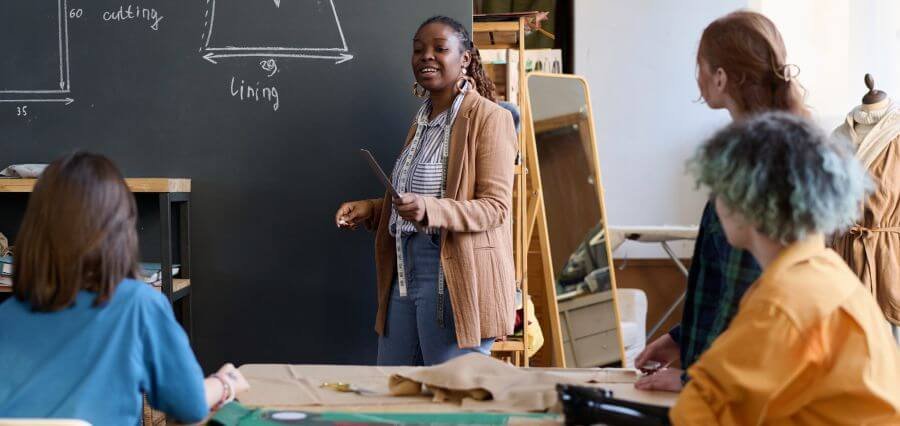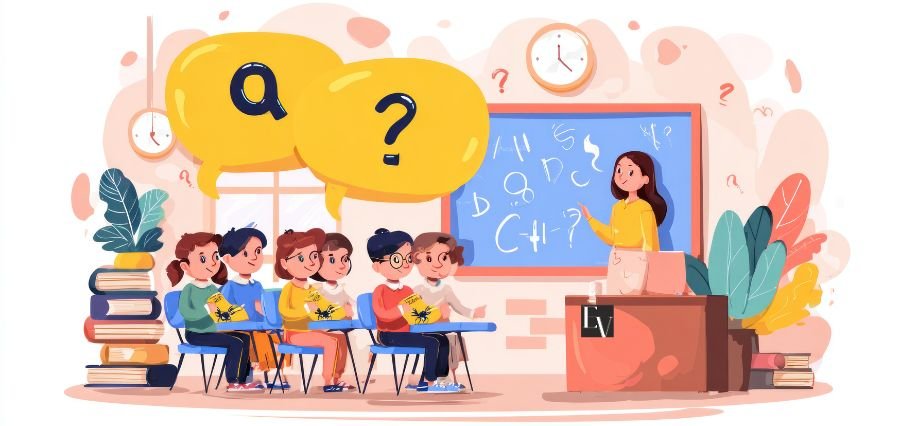From Chalkboards to AI
Students no longer need to go to a classroom to receive education. As the world and its technologies change, education should support students in facing the challenges and opportunities outside school. The goal of future-ready learning is to form people who can analyze problems, respond quickly to changes, and use their knowledge for practical and creative solutions everywhere. It requires approaching education by using academic lessons and applying them in practical and cultural situations.
Rethinking Learning Spaces
Traditional school systems were created with stability and uniformity in mind. Nowadays, creativity, solving problems, and teamwork are in demand worldwide. Rooms are being upgraded to fit the new approach to learning. Traditional classrooms are being updated into versatile areas, and digital programs impart students with engaging ways to connect with new ideas, cultures, and skills.
Individuals now decide when and where their learning takes place. Today, students have more opportunities to see ideas presented and discuss about them from several different angles. In this setup, students feel more in charge of their education and are ready to tackle challenges that they will meet later in life.
Encouraging Global Perspectives
A main advantage of future-ready learning is that it allows students to engage with more than just their nearest community. After studying global topics, students realize that challenges and answers are closely linked worldwide.
Sharing classroom time with foreign students, adjusting to different languages, and following global subjects encourages students to feel and understand others. Being adaptable, understanding, and open-minded is important, as it supports anyone aiming to participate well in a team of different people or solve big problems around the world.
Innovation as a Learning Driver
Innovation happens in schools and teaching, but it’s also something everyone should be involved with regularly. Introducing students to new technology, creative thinking tools, and problems solved using design helps them learn to think outside the box and keep trying when things get challenging.
By giving students space to make mistakes and by letting them try again, teachers help build a class where students feel comfortable trying, making errors, and getting better results. This doesn’t mean getting rid of old topics, but adding new ways of teaching so that students can do more hands-on and real-life activities in class. Whether through coding, robotics, eco-friendly design, or starting a business, innovation just becomes something you do naturally, not something you work toward.
Empowering Educators
Teachers are the people who have the biggest impact on a student’s learning experience. But to help learners get ready for a constantly changing world, teachers need to have the right tools, support, and keep learning themselves.
Professional development that teaches global methods, uses digital tools, and combines different subjects helps make sure teachers use methods that will get students ready for the future. Peer collaboration, mentorship, and learning from different countries can encourage teachers to try new ways of teaching and think of different ways to interest their students.
Empowered educators not only give out information—they also encourage students to learn more, engage their curiosity, and help them feel like they can handle tasks that seem hard.
Creating Lifelong Learners
The idea that education is finished once you get a diploma is no longer true. Future-ready learning encourages people to think that learning doesn’t end, and it changes as our interests, needs, and jobs change over time.
Encouraging self-led learning, learning to think for yourself, and knowing how to ask good questions matters way more than just memorizing answers. Students must know how to learn, which includes things like looking up facts, understanding what information is about, sharing what they find inspiring, and being willing to consider new ideas. These skills help them jump easily from one job to another, get used to new situations, and keep working on themselves.
Measuring What Matters
As the way we learn changes, assessment needs to change as well. Most of the time, traditional testing simply checks what students recall, instead of their knowledge or skills. Modern learners should have projects that require collaboration, presentations, portfolio reviews, and solving real-world puzzles to demonstrate their knowledge
Students, through these tests, get the opportunity to think, see the links between subjects, and present their skills in ways that regular tests do not. When evaluation is meaningful, it inspires learners, helps them get to know themselves, and guides them in achieving their goals.
Moving Forward with Purpose
There is not just one way to achieve future-ready learning. The goal is to establish a place where students’ interest in education grows, where they learn about the world and also about themselves, and where innovation is not only common but practiced by all.
Educators, leaders making policies, and communities should together consider how learning should be planned, for whom, and how it should be developed. Rather than striving for perfect actions, we just need to work on moving forward, decision by decision. It is those who are ready to shape things that will shape the future.





